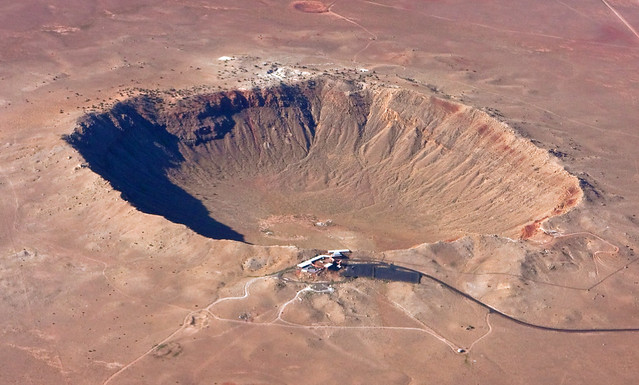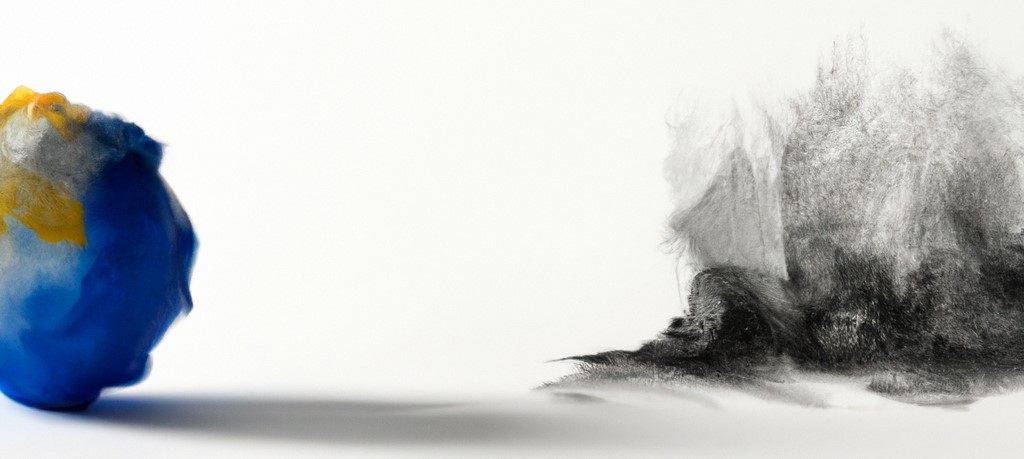Earthquakes - tsunamis - landslides - hydroclimatic events
Space-related hazards : asteroid impacts - solar flares
Anthropogenic hazards : space debris - vibrations and induced earthquakes



The Observatoire de la Côte d'Azur's laboratories (Géoazur, Lagrange and Artémis) work on natural and man-made risks linked to earth hazards (earthquakes, landslides and tsunamis), hydro-climatic hazards (flooding and river pollution) and space hazards (asteroid impacts, solar flares, space debris). They are also involved in studying the vulnerability and resilience of territories and populations. This theme has been created to stimulate research and interaction.
News :
Coming soon.
The objectives :
Pushing back the limits of observation - Identifying and deciphering past events - Monitoring ongoing processes - Understanding and modelling processes - Intervening in the event of a crisis - Contributing to prevention and warning measures :
-
Strong involvement in developing countries (Institut de Recherche pour le Développement, IRD)
-
On new subjects : fibre-DAS, gravity signals, Artificial Intelligence
-
The complete chain : from hazard to vulnerability (CEREMA, a public establishment under the authority of the Ministry for Ecological Transition and Territorial Cohesion)
-
Is based on :
Sismo (TGIR RESIF- EPOS, SNO : RLBP, RAP, BCSF-RENASS)
Geodesy (TGIR RESIF-EPOS, ERIC EPOS, EPOS France, SNO RESIF-RENAG)
Slope movement (Multi-disciplinary Observatory of Slope Instabilities, OMIV) -
Strong involvement in numerical modelling of the impact process, at the heart of the technique for deflecting asteroids by kinetic impact and in istrumentation on board space probes travelling to asteroids (NASA mission DART and ESA mission Hera, consortium coordination NEO-MAPP funded by the European Commission's H2020 programme)
-
Strong involvement in the detection and observation of potentially dangerous asteroids using large ground-based instruments (consortium member NEOROCKS funded by the European Commission's H2020 programme)
-
Development of numerical models of the physical and dynamic properties of potentially dangerous asteroids
-
Participation in the international asteroid alert network (IAWN, International Asteroid Warning Network), for which the OCA signed the charter, under the aegis of the United Nations
Natural and anthropic risks: meeting the new challenges.
-
Environmental geosciences: hydrological crises, flooding
-
Laboratory earthquake modelling
-
Interferometry / spatial imaging
-
SNO fibre-DAS labelling
-
Role in IMREDD at Université Côte d'Azur
-
IA-DATA very present but role in GAIA-DATA, Form@Ter
-
Participation in studies and development of deviation missions (DART & Hera)
-
Participation in studies and development of exploration missions (Ramses with ESA, Droid with CNES and the Apophis asteroid with JPL)
-
Participation in studies and development of missions to return samples from near-Earth asteroids (Hayabusa2 with JAXA, OSIRIS-REx with NASA)
-
Creation of databases of observed physical and spectral properties of asteroids in general, including NEOs
Responsibilities in international projects dedicated to Natural and Anthropic Risks.
-
Fibre-DAS (distributed acoustic detection)
-
Optical fibre at sea EARLI (detection of Early seismic signal using ARtificiaL Intelligence)
-
Portal GNSS : supported by OCA-SNO-Num
-
SNO : enter the new system INSU
-
Scientific responsibility for the ESA mission Hera (launch in 2024) which is taking part in the first asteroid deflection test with NASA's DART mission
-
Coordination of international space cooperation AIDA (Asteroid Impact - Deflection Assessment), which supports the development and interpretation of mission DART and Hera data
-
Project management ACROSS (Asteroid Collaborative Research via Occultation Systematic Survey) exploiting the immense precision of Gaia's stellar data to predict and observe events caused by near-Earth asteroids.
-
Consortium coordination NEO-MAPP (fifteen partners) funded by the European Commission (2020-2023) to develop new numerical models of the processes undergone by near-Earth asteroids, space instruments for missions dedicated to these objects, new data analysis tools using a multi-instrument approach, and communication tools for the general public
- Consortium member NEO-ROCKS (twelve partners) funded by the European Commission (2020-2023) to monitor and study the dynamic and physical properties of NEOs with the aim of determining their orbits and characterising their nature, in particular those that could collide with the Earth, through the cooperation of different teams of expert astronomers and the use of sophisticated instruments and theoretical models
-
Responsibility for the Solar System component of space telescopes (Gaïa and Euclid of ESA)
-
Member of the Steering Committee of the International Asteroid Alert Network (IAWN, International Asteroid Warning Network) under the aegis of the United Nations
-
Chair of the International Astronomical Union's Near-Earth Objects working group
-
Member of the Technical Committee on Near-Earth Objects of the Fédération Astronautique Internationale (IAF)
-
Member of the Organising Committee of the International Academy of Astronautics' Conference on Planetary Defence, held every two years
Activities of the Natural and Anthropic Risks Unit within the OCA :
-
Organisation of workshops within the OCA in the field of natural and anthropogenic risks.
-
Funding of indemnities for master's degree internships in the theme$
-
Funding for visits by international researchers in the field
-
Stimulation of research and synergy between OCA teams carrying out research in this area
To ensure synergy between the members of the different teams involved.




